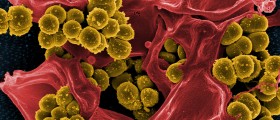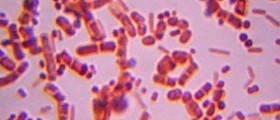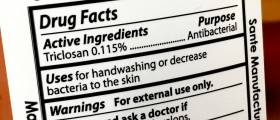
Definition of Staph Infections
Staphylococcus aureus, also termed as“staph” are bacteria which are found on the skin as well as in the nose. Like manybacteria, staph can live without being active or causing any adverse effects.On the other hand, if a person’s immune system gets compromised or there is aninjury on the surface of the skin the staph get active and lead toinflammation. There are various types of skin infections which can be caused bystaph, but they can also enter the system and lead to bone, blood, lung, andheart problems. In addition, staph are highly contagious and can transfer froman infected to a healthy person through close personal contact.
Hospital and Community Acquired Infections
As is the case with other communicablediseases, staph infections are very common in hospitals, nursing homes, andvarious other places. A large number of individuals sharing a living spacecoupled with a massive use of antibiotics have created a type of the bacteriaresistant to many medications and forms of therapy. The kind of bacteria istermed methicillin resistant staphylococcus aureus (MRSA). The MRSA is far moredifficult to treat and requires more expensive procedures. Further, there arenumerous elements which make individuals more or less prone to this strain suchas the use of antibiotics for a previous infection, surgery, spending more than2 days in the hospital, spending time in intensive care, coming into contactwith an infected person, and so on. Various types of screenings for thebacteria of people who are admitted as well as those already in the hospitalsare one of the proposed ways in which to deal with the spreading. Other than ina hospital, it is possible to come into contact with the bacteria withinnumerous types of enclosed communities such as sports teams, schools, prisons,and so on. One of the main issues with the community acquired infections is thefact that many individuals are unaware of how easy it is to pass on thebacteria. In case there is an outbreak within a community standard forms oftherapy are usually unsuccessful. At the same time, the bacteria easily mutateas there is nothing stopping them from spreading as fast as possible, so asmore time goes on dealing with staph infections is that much more challenging. Oncethere is a community outbreak more often than not there are also death casescaused by the inability of the health care workers to stop the spreadingfaster. It should be noted that the community acquired strain of methicillinresistant staph is different from that found in the hospitals, and while it isresistant to many forms of antibiotics it is sensitive to others.
Diagnosis
In order to diagnose a staph infection themost accurate way is to perform a culture test of the bacteria found either onthe skin, in the blood, or in other bodily fluids. A culture test identifiesthe type of bacteria as well as reveals the antibiotics to which they are moreor less sensitive. A culture sample can be obtain in many ways, and in casethere is an infection on the surface of the skin a sample of the fluid iscollected. Also, as staph are often found in the nose many clinicians will optfor a nose swab. The collected samples are cultivated for a few days and testedfor sensitivity to antibiotics. It should be noted that the diagnosis of anystrain of staph can be difficult as one individual may be colonized by morethan one kind of bacteria. In other words, the bacteria which are causing aninfection are not all resistant to the same antibiotics. Also, if one strainis far more dominant and sensitive to an antibiotic therapy there is a strong possibility that there will be strains which are missed.
Preventive Measures and Treatment Options
Preventing and controlling infectionscaused by staph are the main goals of the medical care professionals. There havebeen many attempts to raise awareness of the general public when it comes tospreading and containing staph infections. As is the case with many types ofcommunicable diseases washing one’s hands regularly as well as keeping anykinds of wounds clean are the primary ways of preventing and treating staph.Providing information about the risk factors and means to stop staph frominfecting large numbers of individuals is often practiced in communities suchas institutions and sports teams. In addition, once an outbreak becomes active ateam of specialists attempts to locate its source, identify patients who may bejust the carriers of the disease, and stop further spreading.
New Research in Treating Infections Causedby Staphylococcus Aureus
There has been an abundance of researchrelated to staph infections mostly focusing on antibiotics strong enough tofight many strains of the disease. Duke University Medical Center has beenperforming clinical trials concerning various elements of staph relatedinfections.

















Your thoughts on this
Loading...